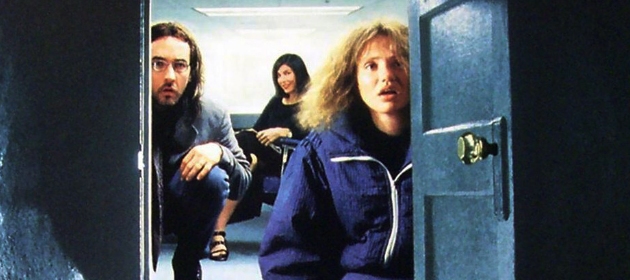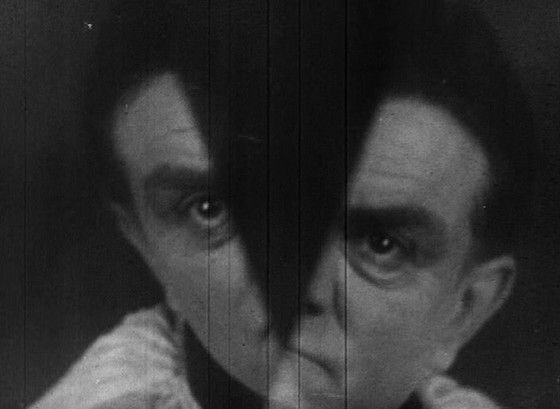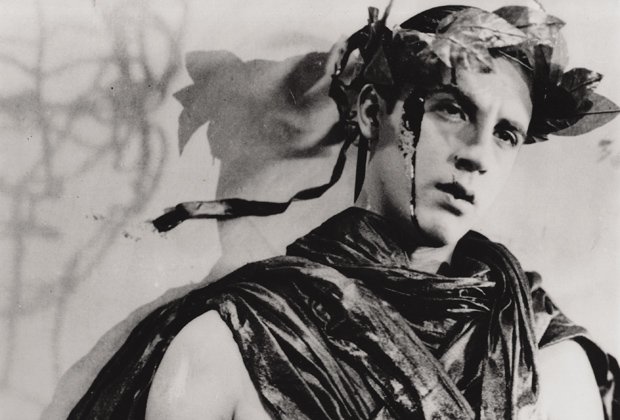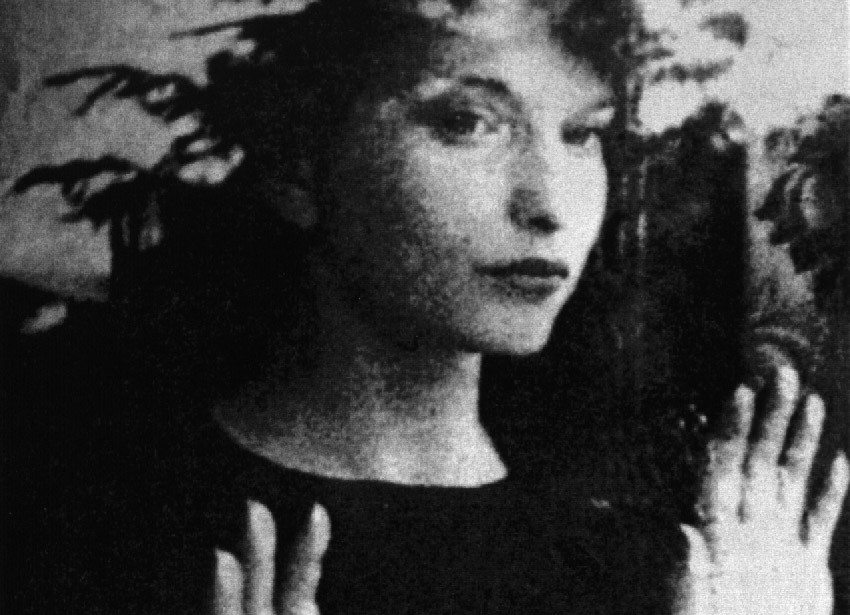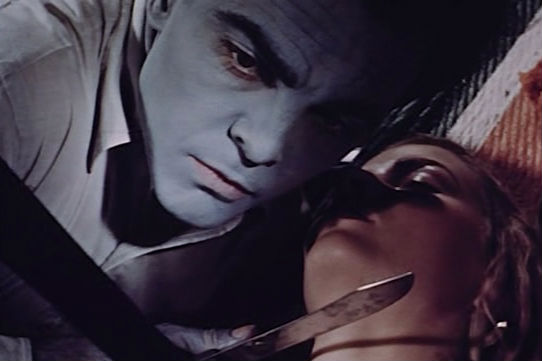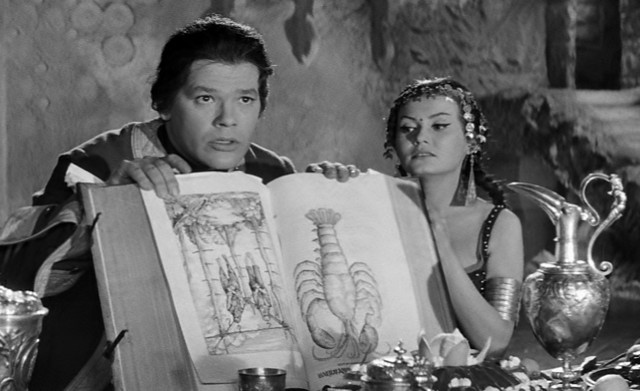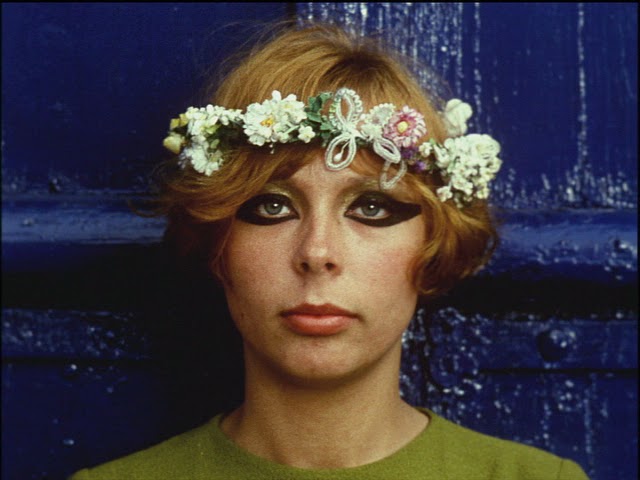Surrealism and film have been together since the beginning of the surrealist movement in the early 1920’s. The first time the word surrealist appeared was in 1903 in the play “Les Mamelles de Tirésias” by Guillaume Apollinaire; Surrealism developed out of the Dada activities during WWI centering itself in Paris. Surrealism is based on the element of surprise, using unexpected juxtaposition and non sequitur images; basically it’s an expression of the philosophical movement, with the works being an artifact of the mind and the subconscious.
Surrealism was the first artistic movement to become seriously associated with cinema. At the beginning of the 1920’s, film-making was experimental, the surrealist movement helped shape disassembling reality into a dream world that was beyond reality and belief, capturing the consciousness of the audience. This medium nullified realities and boundaries, giving the opportunity to portray the ridiculous as rational.
Cinema helped the movement spread across other countries, allowing the viewers a chance to experiment with sensations and emotions other media could not deliver.
From the late 20’s and early 30’s, the movement spread around the globe, allowing many countries to experiment in the visual field of cinema, consequently nurturing the minds of many talented directors and giving us some of cinema’s most crazy and unique films in history.
Since Spanish filmmaker Luis Bunuel is a household name of making surrealist films, and we have dedicated an entire list to his filmography, we will introduce other brilliant surrealist filmmakers and their films in this article. We hope this list will help you find some real gems in this fascinating genre. All films listed here are ranked in chronological order.
1. The Seashell and the Clergyman (1928) Dir. Germain Dulac
A General, his wife, and a clergyman play a crucial threesome in Germain Dulac’s silent short film, where the clergyman is haunted by the lusting emotions he has for the General’s wife. This might be the quintessential jewel in surrealist cinema, Germain Dulac’s short story introduces us from the first frame to a surreal and trippy journey into the mind of the clergy, the opening shots of a hallway transport us to an eerie place in the darkest corners of the clergy’s mind where he is being hunted by the General.
This story centers around the values and morals of a priest who stands for what is right and represents the moral values of society and religion and the turmoil of moral repression he has to deal while fighting his inner demons and the lust for a woman who is spoken for.
The film has what may be the first slow motion run in cinema history, it is greatly executed, almost as if a ballerina was approaching her final moves to end a perfect performance, great frame by frame juxtapositions of images, to achieve one of the greatest executed criticisms against a man’s oppression and basic instincts and for a final treat the film gives us a good idea of the architecture and way of life around the 20’s.
2. The Blood of a Poet (1932) Dir. Jean Cocteau
The Blood of a Poet is the first in Jean Cocteau’s Orphic trilogy, which is followed by Orphée (1950) and concluded by Testament of Orpheus (1960). Blood of a Poet is a poem in many ways, from the great music by Georges Auric to the subtitle cuts, using sculptures, and effects used to achieve surreal scenery.
We follow an artist sketching the face of a woman, who in a way may resemble the art of Picasso, going over and over again to achieve the perfect portrait he is startled when he discovers the woman’s mouth moving, he reacts by rubbing the mouth and erasing it only to discover the mouth has transferred to the palm of his hand, he tries to remove it but fails, then what appears to be an awkward scene the artist uses the mouth in his hand to roam his body and falls asleep.
In section two, the statue comes to life, speaking to the artist, luring him to go inside the mirror in his studio. Once inside in a dream like scenery, we find our artist in what appears to be a hotel, where he encounters several doors and plays the part of a peeping tom, witnessing several people such as a man being shot to death, an opium smoker, a girl, and a hermaphrodite.
The artist is handed a gun and instructed how to shoot himself, he does so but does not die, and after that the artist cries out, he has seen enough and leaves the mirror. He smashes the statue to pieces. Outside some kids have a snowball fight, an elder boy throws a snowball to a younger boy, the boy dies from the impact, and the snowball is actually a chunk of marble. A gambler plays cards with a woman while set up next to the boy’s dead body.
The gambler extracts a card from the boy’s body while an angel appears and absorbs the body, ultimately the gambler loses the game and commits suicide, everybody applauds this action and the woman transforms into the statue that was smashed earlier in the film; the statue walks through the snow, leaving no footprints behind. The film in the end resists full understanding, but welcomes endless interpretations. It is a film that is hard to get a grasp.
3. Meshes of the Afternoon (1943) Dir. Maya Deren
In this short film directed by husband and wife team, Maya Deren and Alexander Hammid treat us to this circular narrative, where a woman is being followed home by a figure, upon entering her home after a failed attempt, the woman goes to her room and sits on a chair, immediately falling asleep and entering a dreamlike world.
The first figure we gaze upon is a grim-reaper-like character with a mirror for a face, the woman tries to catch the figure but is unable to do so, and with each failure she re-enters the house. She bumps into the same house hold objects, a knife, a telephone, a phonograph, a key, and a flower. Following the hooded figure, she sees it hiding a knife under the pillow, seeing multiple instances of herself, in a Deja-vu like memento the woman tries to kill herself with a knife but is interrupted by a man.
The man leads her back to the bedroom and makes her realize everything she saw in the dream was actually happening. At the end, Maya delivers us an unexpected twist.
The short film is flooded with eerie scenery, a sometimes repelling and frustrating score alluding more to a nightmare rather than a dream, the film also deals with great and creative editing, slow motion that gives a dream-like illusion to depict a world where it is more difficult to catch reality, maybe the hooded figure stands for reality and what drives the woman is the loneliness that pushes her to become something different, something she doesn’t want to be anymore. Meshes of the Afternoon was selected in 1990 for preservation in the United States Film Registry by the Library of Congress.
4. Dreams That Money Can Buy (1947) Dir. Hans Richter
Jack Bittner plays Jack/Narcissus as a man who has just rented a room and is struggling with his finances. While wondering how he can afford to pay the rent, he discovers he can unfold the contents of his mind while gazing at himself in a mirror, it is not long until he realizes he can apply this gift to others and that way make a profit to pay the rent. He manages to sell the ultimate fantasy, tailor-made dreams that can meet every buyer’s desires, his client base is very special and with different demands.
Within the seven surreal dream sequences, Writer/Director Hans Richter uses the collaboration of such renowned artists like: Max Ernest, Man Ray, and Alexander Calder.
The film is so well made and the way Hans Richter used color to emphasize a surreal journey to give us the ultimate treat while asking us a great question: what and how much would you pay for a tailor-made dream? The movie explores our basic human psyche. It was awarded for the Best Original Contribution to the Progress of Cinematography at the 1947 Venice Film Festival.
5. Woman in The Dunes (1964) Dir. Hiroshi Teshigahara
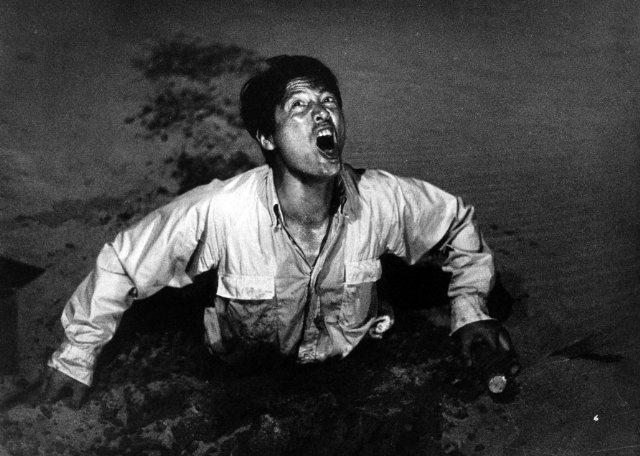
Eiji Okada plays an entomologist who has come to a remote desert to study and collect the indigenous population of insects. On a quest for an unclassified beetle he ponders the idea, he would achieve notoriety as a scientist by discovering and naming the beetle after himself.
While doing so he rests for a while on a dune where he asks himself a fundamental question: does a person’s recognized achievements validate his existence? Does the number of certificates and awards he has received in his lifetime measure the value of his life?
After thinking over the question, he falls asleep just to be awakened by a stranger with the news he is stranded there because the last bus has just departed, the villagers arrange temporary lodging with the towns widow who is brilliantly played by Kyoko Kishida, who lives at the bottom of a sand dune only accessible by a rope ladder, he notices the widow shovels sand from dusk to dawn, not making a big deal about it he falls asleep.
The next morning he wakes up to find the rope ladder he used to descend to the house has been retracted and the sands formations are impossible to climb, soon he discovers what happened to the widows family, and why she is shoveling day and night, the entomologist asks the widow an essential question for his sake. “Are you living to shovel, or shoveling to live?”
Hiroshi Teshigahara’s Woman in The Dunes is a brilliant surreal film where the shifting dunes landscape presents us redemption in the everyday and monotonous task, where to live is just a desire and human’s most basic instinct, the film also deals with the basic needs of human civilization and the frail line between the pursuit of the artificial excesses of human civilization.
6. The Saragossa Manuscript (1965) Dir. Wojciech Has
This film adaptation based on the novel by Jan Potocki is set in the town of Saragossa Spain during the Napoleonic Wars, two officers of opposing sides find themselves allies in a unique and ironic way, one of the officers finds a manuscript in a deserted inn, its author was his grandfather, the other officer tries to arrest him but instead he ends up translating the manuscript.
The manuscript tells the story of Alfonso van Worden who is seeking the shortest route through the Sierra Morena Mountains, by doing so he will go into hunted territory. At an apparently deserted inn, Alfonso is invited to dine with two Moorish princesses who are his cousins, who he must marry to provide them with heirs. However, he must convert to Islam to do so, the cousins seduce him and give him a skull goblet to drink, and he does so and passes out.
From there, the story escalates into a series of subplots that introduce us to such adventures, taking us from a Hermit Priest to the Inquisition, from fending off ghosts to fighting duels, all to wake up back where he started in the shadow of the gallows.
The film is a labyrinth with a story within a story structure, it treats us to a multi-layer subplot, making it almost impossible to keep track of who is who and what’s what. The complexity of how the inner tales intertwine so the latter tales shed some new light on earlier experiences recounted by other characters. We would recommend multiple viewings of the film in order to get a firm grasp on the plot, this is the kind of film that leaves you thinking over and over: Did I get it right?
7. Daisies (1966) Dir. Vera Chytilová
Two female teenagers who are having a robotic and monotonous conversation known as Marie 1 and Marie 2 decide to go crazy and be bad as a result of how the world has no values and is demoralized. The girls set out into the world with one goal in mind, wreak havoc everywhere they go. They stage various dinner dates with older men, eating, drinking, and telling lies through the evening, just to ditch their dates in a fast motion montage that feels almost as an homage to Chaplin.
Looking for more adventures, the dynamic duo ends up getting wasted in a 1920´s vibe nightclub, just to get kicked out in the most avant-garde comedic way possible. Going from adventure to adventure, they end up getting caught and trailed for their mischief. Finally understanding what they need to do to redeem themselves the universe catches up with them.
Banned from the Czech authorities for “depicting the wanton”, this film is a great comedic roller-coaster of non-stop mischievous adventures, Vera Chytilová comes out to make a statement of nihilistic decadence and what it’s like to live in a communist country. After the release of the film, Vera Chytilová was forbidden to work in her homeland until 1975.
